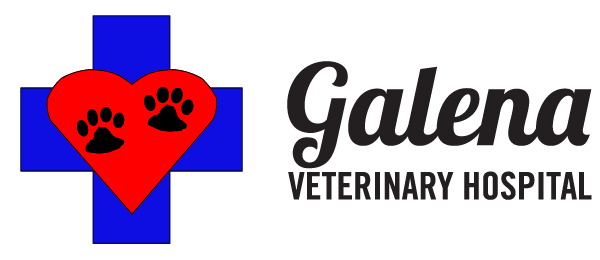Educational Articles
-
This handout summarizes the most common forms of lameness in growing dogs. Included are osteochondritis dissecans (OCD), panosteitis, hypertrophic osteodystrophy (HOD), elbow dysplasia, ununited anconeal process (UAP), fragmented coronoid process (FCP), patellar luxation, and hip dysplasia. Clinical signs for each of these conditions, along with treatment options, is discussed.
-
Dogs are exposed to botulism by eating raw meat or dead animals containing botulinum toxin produced by Clostridium botulinum. Botulism causes ascending paralysis of the nervous system. Clinical signs are reviewed as well as diagnostic tests and treatment. Prognosis is guarded depending on the amount of toxin ingested and the degree of supportive care available. There is no vaccine.
-
Brachycephalic airway syndrome refers to a particular set of upper airway abnormalities that affect brachycephalic dogs. The most common sign of the condition is mouth breathing and, in the long term, the increased effort associated with breathing can put a strain on the dog’s heart. Surgery is the treatment of choice whenever the anatomical abnormalities interfere with a dog’s breathing.
-
Brain tumors are generally classified as either primary or secondary. Several studies suggest that the prognosis for a dog with a primary brain tumor may be improved significantly by surgical removal of the tumor, radiation therapy, and/or chemotherapy.
-
Having a litter of puppies is an exciting event, but not without its responsibilities. At appropriate ages, puppies should be dewormed and start their vaccine series. They can start making their way to new homes by eight to ten weeks of age.
-
This handout summarizes the care of the pregnant dog and the puppies following birth. Topics include eye care, diet, and instructions for weaning the pups at the appropriate time.
-
Although most dogs will give birth without the need for human or veterinary assistance, certain problems can arise which require veterinary attention. It is essential to closely monitor your pet during birthing and seek veterinary care if you have any concerns.
-
This handout is a basic care guide for pregnant dogs, outlining changes in nutritional requirements and physical activity, and pregnancy testing.
-
This handout summarizes whelping (giving birth) in dogs. Instructions for preparing your pregnant dog for delivery and how to assist her if necessary are outlined. Situations requiring veterinary assistance are also described.
-
Brucellosis is a contagious bacterial infection that can cause a number of reproductive problems, including infertility and abortion in breeding dogs. Male dogs infected with brucellosis develop epididymitis, an infection of the testicle. Female dogs infected with brucellosis develop an infection of the uterus. The infection is usually diagnosed by a blood test (rapid slide agglutination test). Treatment with antibiotics is not significantly effective and infected dogs should be removed from the breeding population. In the United States, brucellosis is a reportable disease.
